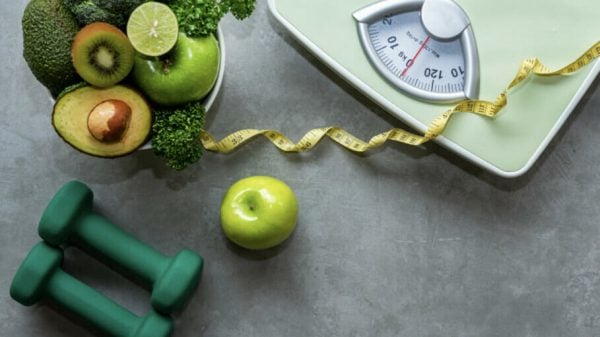As we grow older, mornings often greet us with backaches, rigid hips, and squeaky knees. We tend to attribute these discomforts to the passing of time and our diminishing agility. However, the true culprit might be a decline in hip mobility.
Renowned mobility specialists Juliet and Kelly Starrett, DPT, propose a straightforward assessment they refer to as “The Couch Test” to determine the status of your hip mobility.
The couple operates a mobility coaching business called The Ready State, aiming to enhance movement, flexibility, and strength for individuals aiming to minimize pain and reduce the risk of injuries, as described on their website. They recently co-authored Built To Move: The Ten Essential Habits to Help You Move Freely and Live Fully, a comprehensive guide for those seeking to understand the importance of mobility and offering step-by-step instructions for incorporating specialized strategies and stretches.
Of all anatomical regions covered by the Starretts, the hips are their primary focus. “Our fascination lies in hip extension—our capability to assume a lunge-like posture,” Kelly emphasizes. “We believe that there is a deficiency in hip extension prevalent nowadays.” Nevertheless, they advocate for movement as a remedy for our sedentary contemporary lifestyles, dominated by extended periods of sitting. “If you were to ask me, ‘Kelly, what do you think could revolutionize society?’ I would say it’s the couch test.”
What Exactly is the couch test?
This seemingly uncomplicated self-assessment exposes the condition of your hip mobility, especially in terms of extension. “When I refer to hip extension, I mean moving the hip backward, with the knee positioned behind the hip joint in a manner resembling a lunge,” Kelly explains. “The issue arises when many individuals fail to spend time in these positions where we approach our end-range state.”
Why is this the case? Typically, as we age, we become increasingly inactive.
“It’s entirely possible for a contemporary individual to go through life without ever truly experiencing hip extension, and this partially explains why adults can be surprised by the bodily responses when attempting to sprint for the first time at high speeds in positions they rarely explore,” Kelly notes.
This led him to devise the couch test, an isometric hold that, despite its apparent simplicity, can pose a considerable challenge during execution.
Guide for Performing the Couch Test
Step 1: Position yourself facing the couch, with your back towards the seat. “Elevate your right leg backward, bend the knee, and nestle it against the junction of the backrest and cushions of the couch,” Kelly provides guidance. “Rest your shin against the backrest with toes pointing away.”
Step 2: Descend into a lunge. While maintaining an erect posture and ensuring your left foot is firmly planted on the floor, Kelly advises bending your left knee as if descending into a lunge.
Step 3: Activate your glutes. While sustaining the lunge bottom position, with your right knee firmly in contact with the couch seat and your shin pressing against the backrest, contract your glute muscles and sustain the position for a slow, consistent five breaths, Kelly instructs. “Then, release the glutes while exhaling slowly to a count of five,” he adds, suggesting repeating this process five times before swapping sides.
If you find this routine manageable, Kelly recommends advancing to the intermediate couch test stance: Instead of placing your left foot on the floor in front of the couch, raise it onto the couch seat while bending the knee at a 45-degree angle.
If you seek a greater challenge, proceeding to the floor variant of the couch test is the next step, labeled by the Starretts as the most effective and rigorous stance for assessing hip mobility. See it in action here:
Revelations from the couch test
Although the couch test—and its floor counterpart—may appear straightforward, actual performance may expose unexpected physical constraints.
On one hand, the couch test provides insights into our existing hip mobility. On the other, it highlights gluteal function (or the lack thereof). Both factors significantly influence daily movements, affecting sitting, standing, bending, as well as the level of discomfort and stiffness experienced during these activities and in general.
While incorporating targeted stretches and exercises can enhance the flexibility and strength of these areas, Kelly emphasizes that merely maintaining the couch test position to the best of your ability will prompt your body to adapt over time.
“Essentially, the greatest favor you can do for yourself is to spend time in this isometric posture—while keeping the glutes engaged, being active, and breathing in this position,” he explains. “Gradually, this will appropriately load those tissues and teach your brain about the value of sustaining this posture.”
So, the next time you experience lower back tightness or struggle to execute a squat as effortlessly as before, you now have a solution at hand. “One aspect we appreciate about this test and practice is that they are essentially interconnected: To excel in the test—and experience improved hip comfort—you must actively engage in the test,” Kelly asserts.










